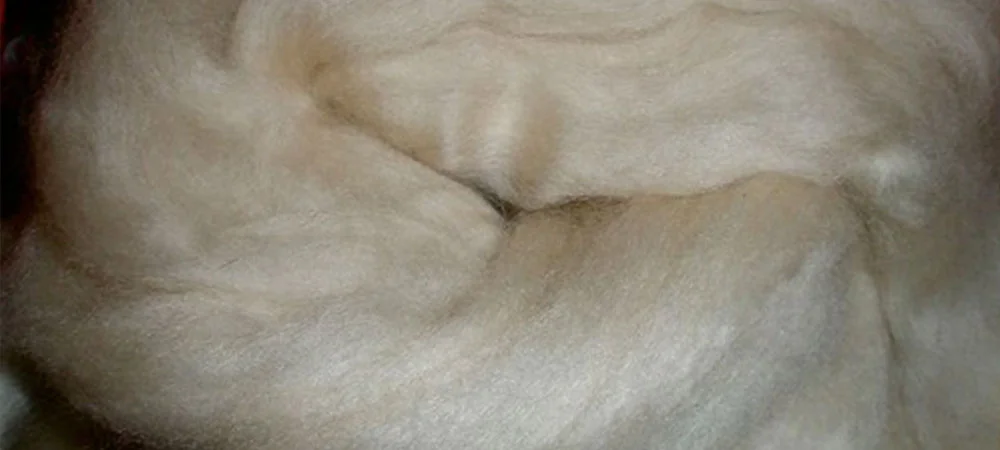The Advantages of cashmere fibre: Why It’s the Most Coveted Material
The Advantages of cashmere fibre: Why It’s the Most Coveted Material
Blog Article
Factors You Need To Need Cashmere an All-natural Fiber for Comfort and Style in Everyday Use
In the world of textiles, couple of fibers rival the high-end and convenience of cashmere. This one-of-a-kind material, recognized for its exceptional soft qualities and insulation, offers unparalleled comfort and sophistication for daily wear. Yet what establishes it besides various other fibers? Just how does it impact the environment and exactly how does it contrast to synthetic options? How can one best use cashmere to boost their style? These appealing questions lay the foundation for an informing expedition into the world of cashmere.
Recognizing the Glamorous Nature of Cashmere

Assessing the Convenience Aspect of Cashmere Clothes
Cashmere's special fiber framework permits for breathability, managing temperature and avoiding overheating. Cashmere's hypoallergenic homes also contribute to its convenience, making it an ideal option for delicate skin. In significance, the comfort of cashmere is acquired from its softness, breathability, sturdiness, hypoallergenic nature, and flexibility.

The Environmental Impact and Sustainability of Cashmere
While the comfort and sophistication of cashmere are definitely enticing, it's equally essential to consider its relationship with the atmosphere. Cashmere manufacturing, largely in Mongolia and China, entails increasing cashmere goats, which can substantially strain breakable meadow communities due to overgrazing. This can cause desertification, a pressing environmental problem. Furthermore, the processing of cashmere, entailing cleaning and dyeing, can likewise add to water pollution if not properly taken care of. Efforts are being made to establish sustainable cashmere manufacturing methods, such as rotational grazing and cleaner processing strategies. Therefore, while cashmere has ecological effects, its sustainability mainly relies on manufacturing techniques.
Contrasting Cashmere to Artificial Fibers: A Cost-Benefit Analysis
In spite of its ecological difficulties, cashmere presents an one-of-a-kind set of benefits over synthetic fibers. On the expense side, cashmere is without a doubt much more pricey due to its labor-intensive manufacturing process. Yet, the advantages make it worth the investment. advice Cashmere's natural fibers supply unequaled softness and heat, equating into convenience that artificial fibers have a hard time to match. Cashmere items are highly resilient, promising longevity that offsets initial costs over time. Unlike artificial fibers, cashmere does not add to microplastic contamination, making it an extra sustainable option. In contrast, artificial fibers, while cheaper upfront, provide less comfort, have much shorter life-spans and posture ecological worries. Thus, when evaluating cost-benefit, cashmere's remarkable high qualities make it a rewarding financial investment for daily wear.
Styling Tips With Cashmere for Everyday Beauty
Having thought about the cost-benefit evaluation of cashmere contrasted to synthetic fibers, it comes to be clear why this glamorous material is a favored option for several. When styling cashmere for everyday sophistication, simplicity go to website is crucial. Ultimately, the fundamental style of cashmere makes it a versatile enhancement to any closet, effortlessly improving day-to-day outfits with a touch of luxury.

Final Thought
In recap, the exceptional residential properties of cashmere make it a beneficial enhancement to any kind of closet. Its glamorous feel, adaptability, convenience, and breathability to varying temperatures are unmatched. On top of that, cashmere's sustainability and lower ecological impact contrasted to synthetic fibers additionally improve its charm. The ageless beauty of cashmere, combined with its versatility, includes sophistication to daily wear. Spending in cashmere garments is a rewarding decision for style, sustainability, and comfort.

Report this page